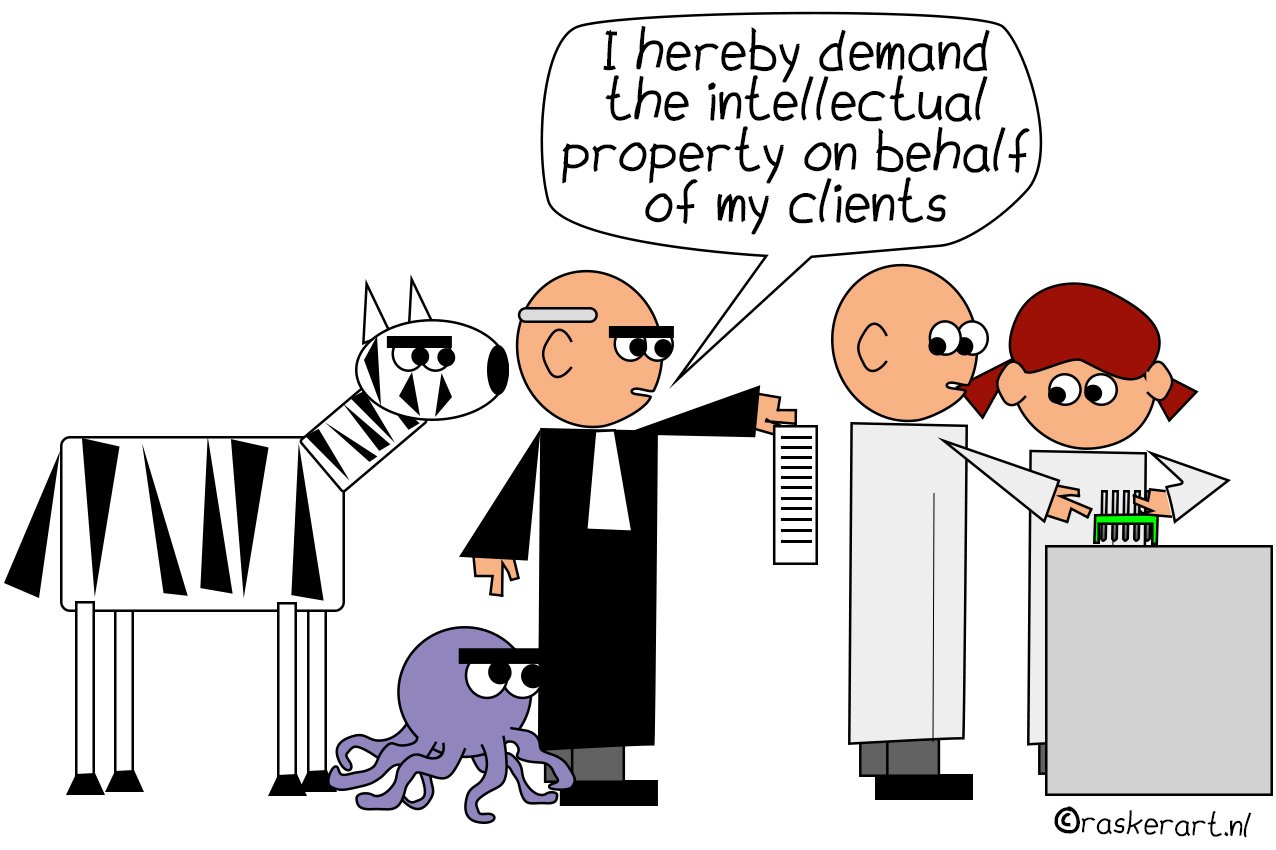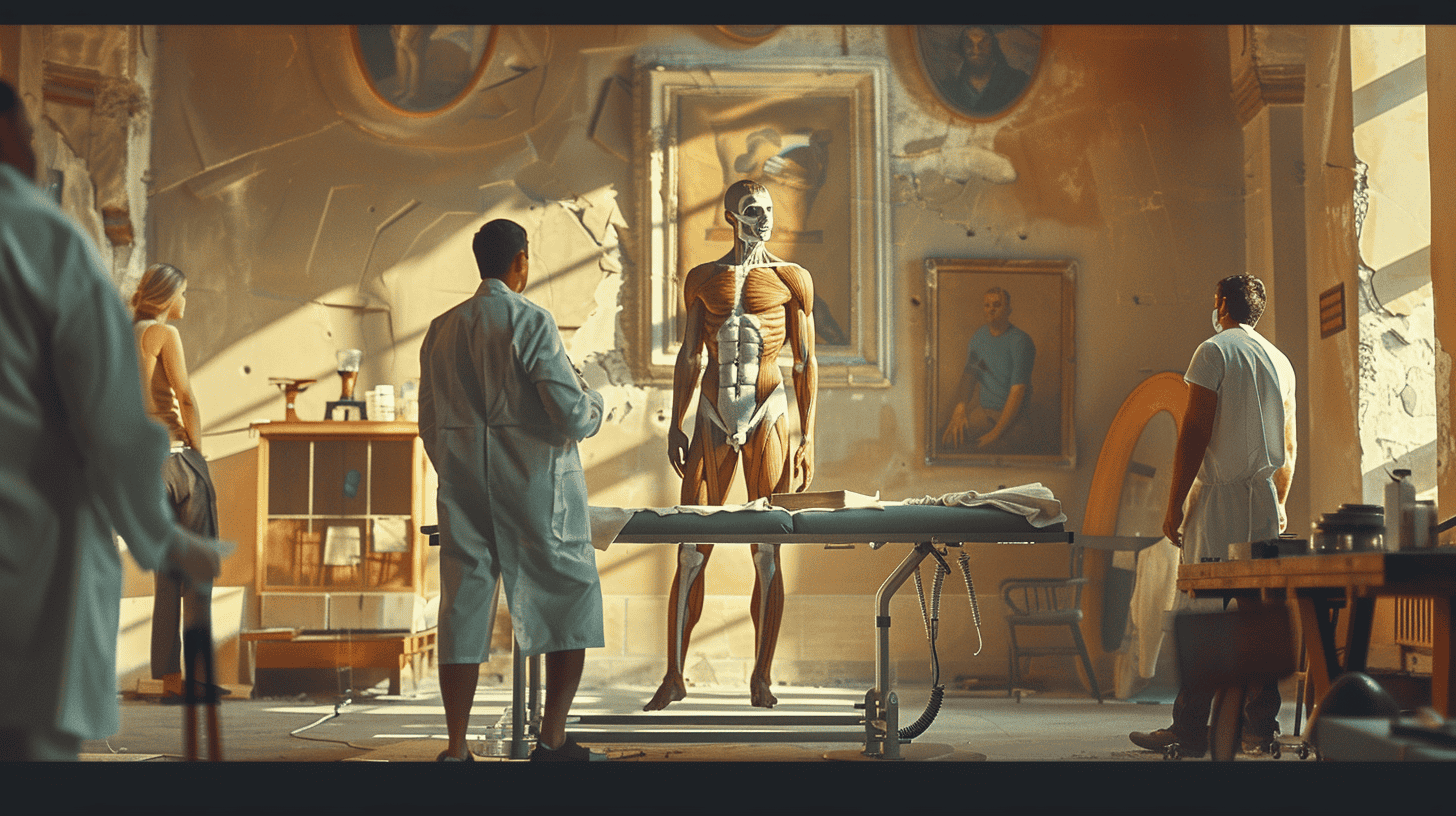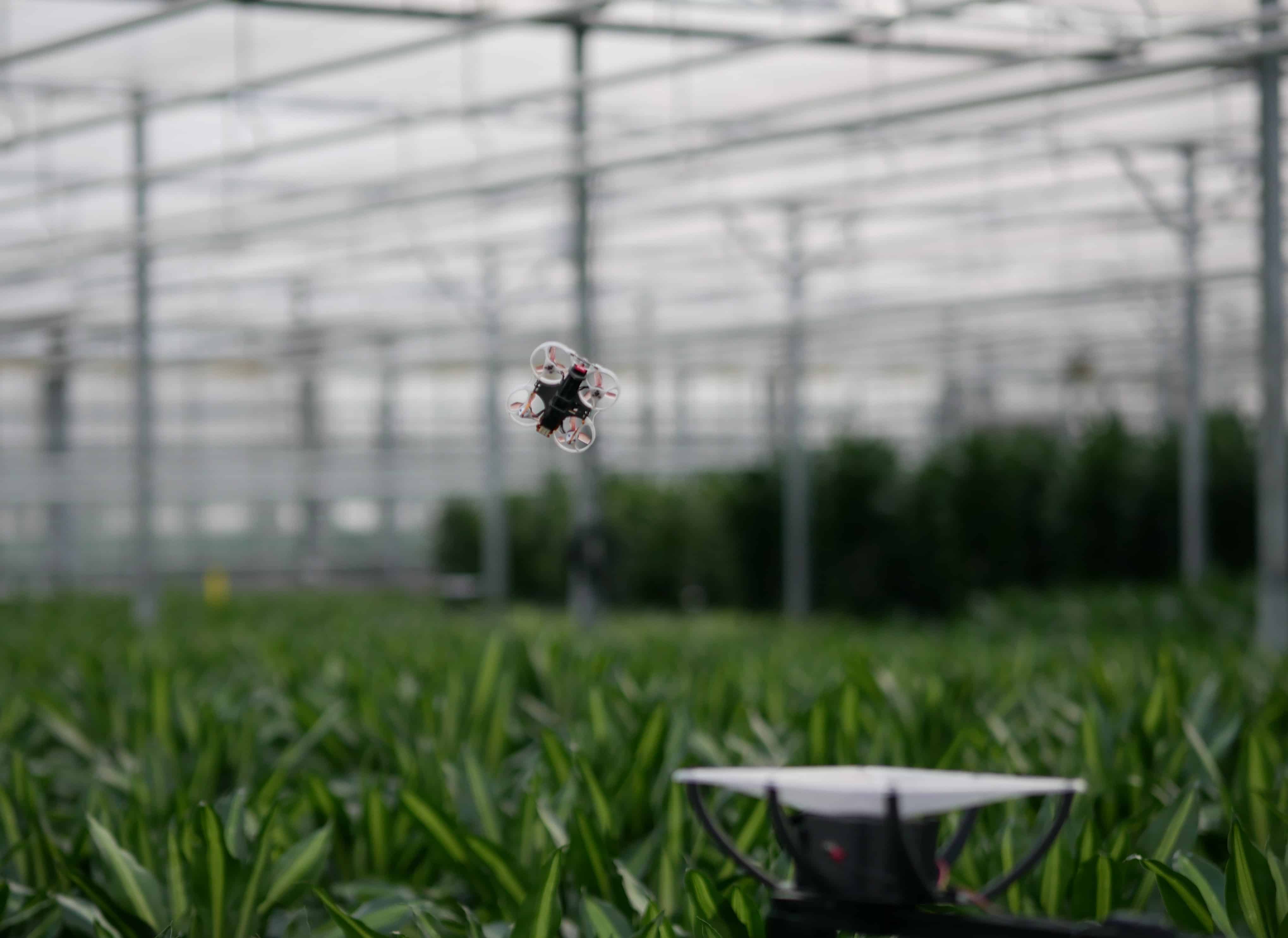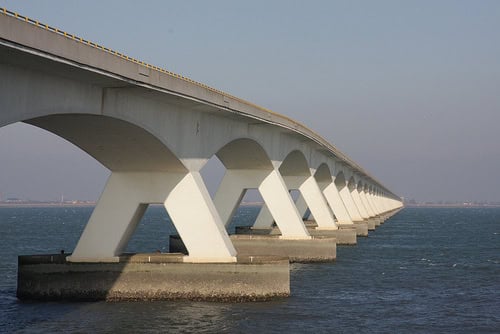
Earthworms are not the only source of inspiration for science and innovation. Because anyone who has seen the documentary ‘My Octopus Teacher‘ on Netflix knows that octopuses are fascinating creatures. Not only can they change their color, structure, and shape to stay out of predators’ jaws or get through very small openings, but even tentacles that they have lost – due to a shark bite for example – simply grow back again.
Getting complete arms to grow back again is not (yet?) possible for medical practitioners. Yet the development of medical instruments inspired by nature is in full swing. What about instruments for angioplasty that are based on the ‘shooting’ tongue of a chameleon? Or the mechanism of the ovipositor of a parasitic wasp that has been translated into a medical needle? Paul Breedveld leads the research group Bio-Inspired Technology (BITE) at the Delft University of Technology (TU Delft) in the Netherlands, where they develop technology based on nature.
One of these instruments which is modelled on the tentacles of an octopus has been used for a year now to perform keyhole surgeries in the abdominal cavity. This is a real breakthrough, according to Paul Breedveld. “Previously, a surgeon could only move around the hole in the abdomen like a kind of oar. This restricts freedom of movement. By looking at how an octopus moves its tentacles, we have developed a flexible and controllable mechanism that allows surgeons to move in far more directions.”
Complexity of nature is second to none
He believes that you can learn a lot from nature, but that imitating it is impossible. “Compare this kind of a tentacle with a bag of water surrounded by sphincter and longitudinal muscles. If a squid just tightens the sphincter muscles, the tentacle becomes thinner and longer. When the longitudinal muscle is tightened, it contracts again. If the animal tightens both muscles, its tentacle becomes stiff and it can use it to apply force. However, this complexity of muscles is almost impossible to recreate.”
A steerable mechanism was achieved by using cables that run between two springs – inspired by the squid’s muscular hydrostat. “The beauty of this system is that it is easy and inexpensive to make. Parts can be bought in the store. In contrast to expensive surgical robots that use pulley systems that are difficult to manufacture. This is much simpler.”
Zebras and the function of their stripes
It is not only in the field of medical equipment that nature is being considered. “In architecture, architects use principles from nature to regulate the temperature in buildings, for instance,” says Saskia van den Muijsenberg, director of the Dutch BiomimicryNL foundation. “Like zebras do with their stripes by absorbing black sunlight and reflecting white sunlight. By incorporating materials with both properties in the design of a building, you need less air conditioning to cool a room.”
In the words of Van den Muijsenberg, the examples are endless and that is not at all surprising: “Nature has been coming up with smart solutions to all kinds of problems for millions of years. As human beings, we do not need to reinvent the wheel all over again. There is so much knowledge from nature that we can use to solve our problems. “
BiomimicryNL aims to make this knowledge from nature accessible for designers, engineers, or other scientists. The foundation cooperates in projects for this very reason. “See us as a knowledge broker that brings parties together. We also develop educational programs for companies or universities,” Van den Muijsenberg explains.
Manufacturing without damaging the ecosystem
It takes a different way of thinking to design something from nature, she maintains. “As human beings, we place ourselves outside the natural ecosystem. Look at how we handle materials and cause damage to the natural environment. We are now talking about recycling, but nature produces no waste. It is a closed cycle. If you view problems from that perspective, you also get other solutions.”
One of the projects in which BiomimicryNL is involved in focuses on closing that cycle. Van den Muijsenberg: “There are now plenty of companies that are striving to become CO2 neutral, that’s a good thing. But Interface, a floor manufacturer, takes this one step further. They have measured the impact their factory has on the living environment.”
The company’s goal is to neutralize CO2 emissions and other negative impacts caused by their manufacturing activities by 2040. “Just like a forest filters air, provides food and all kinds of raw materials for the soil. And the beauty of it is that other companies are also interested in doing this too.”
Thinking more broadly
Even Paul Breedveld thinks that the medical equipment that they are currently developing in Delft can be used in other applications. “We are now working on an adhesive mechanism based on the suction pads of tree frogs. They can glue themselves to extremely sloping surfaces and then immediately detach themselves. This is not only useful in ORs, but you could also use it as a natural adhesive in industrial applications.”
“We’ve also been approached by an oil company to scale up the flexible steering mechanism, although that isn’t working properly yet.” But Van den Muijsenberg thinks that this is not a problem at all: “There is still so much biological research gathering dust in drawers. We can do a lot more with this kind of knowledge through teaching programs or collaborations with other scientists.”








